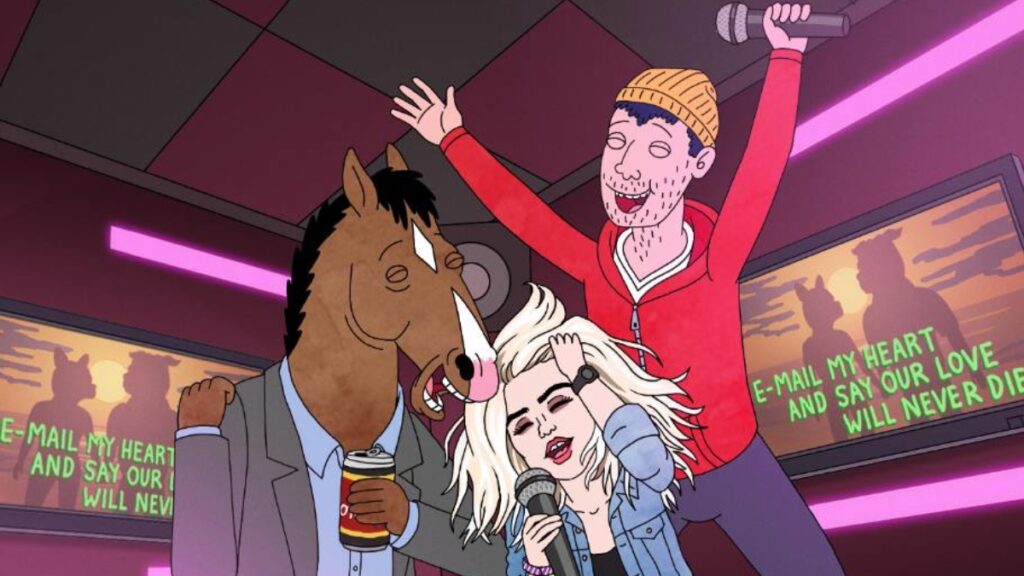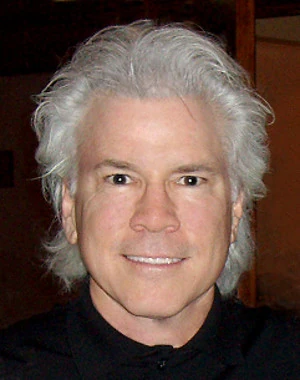In our world of vast media conglomerates with their unquenchable thirst for dollars, one thing that you may want to consider when creating a series is its merchandising potential. A toyetic property is one that will lead to a demand for lots of toys and ancillary products. Toy Story was the ne plus ultra of a toyetic movie.
One can still create a series simply for its intrinsic entertainment value, but many studios need licensing revenue to make a profit. These studios will definitely respond better to toyetic projects.
It used to be that only animation writers created new (non-pre-sold) series. More recently it has become the norm for artists to both develop and sell series. If you are a writer, you might want to consider partnering with an artist who can bring your writing to life. It is, after all, a visual medium. An artist can bring an entirely new dimension to the written word. Alternatively, if you are an artist who has created a series, you may want to consider partnering with someone who can bring more structured story and character to your artistic creation and thus look for a good writer. Ultimately, animated television series are a combination of writing and art. Thus, by packaging these two elements together at the inception, one can enhance the concept and increase the chance of a sale.
Speaking of packages, this word has a unique meaning in the entertainment industry. A package is two or more of the creative elements of a project already put together. An element is one of the creative principals of an entertainment project, such as a writer, director, animator, producer, or actor. Packaging means bringing together these creative people to enhance the project before you sell it.
The more and bigger elements you have attached to your project, the more powerful your package becomes. If you can tell a studio that Tom Hanks has agreed to do the voice of your lead character, you’re a lot closer to selling your project. Similarly, an award-winning composer or animator attached to a project can help considerably. Anyone with creative credentials can be an asset to your project.
The reason packaging is so important is that each element of a package gives greater assurance to the buyer that the project will be made professionally and likelier to be a success. If you, as a neophyte writer, bring in a wonderful series concept, there’s still no guarantee that the studio can turn it into a hit. But if you’ve already got a name actor and artist attached, you’re closer to the target.
Of course, getting name talent attached to a project if you’re a no-name yourself isn’t easy. But if you’re clever and persistent, you might be able to find some talented people who, when attached to your project, can help you sell it.
©Jeffrey Scott, All Rights Reserve
(Jeffrey Scott has written over 700 animated and live-action TV and film scripts for Sony, Warner Bros., Disney, Marvel, Universal, Paramount, Columbia, Big Animation, Hanna-Barbera and others. His writing has been honoured with three Emmys and the Humanitas Prize. He is author of the acclaimed book, How to Write for Animation. To work with Jeffrey visit his website at www.JeffreyScott.tv.)
Read other articles from this series:
#1 The difference between live-action and animation writing
#3 It all begins with a premise
#4 The secret to developing your story
#5 Finding the scenes that MUST be there
#7 How to easily transform your outline into script
#8 A brief introduction to script writing
#9 How long should your scenes be?
#10 How to (and NOT to) edit your writing
#13 The importance of communication
#17 Assuming the point of view of your audience
#23 The screenwriter’s bookshelf
#25 Creating an animated series
#27 Developing your series concept
#28 Real vs. Cartoonish characters



